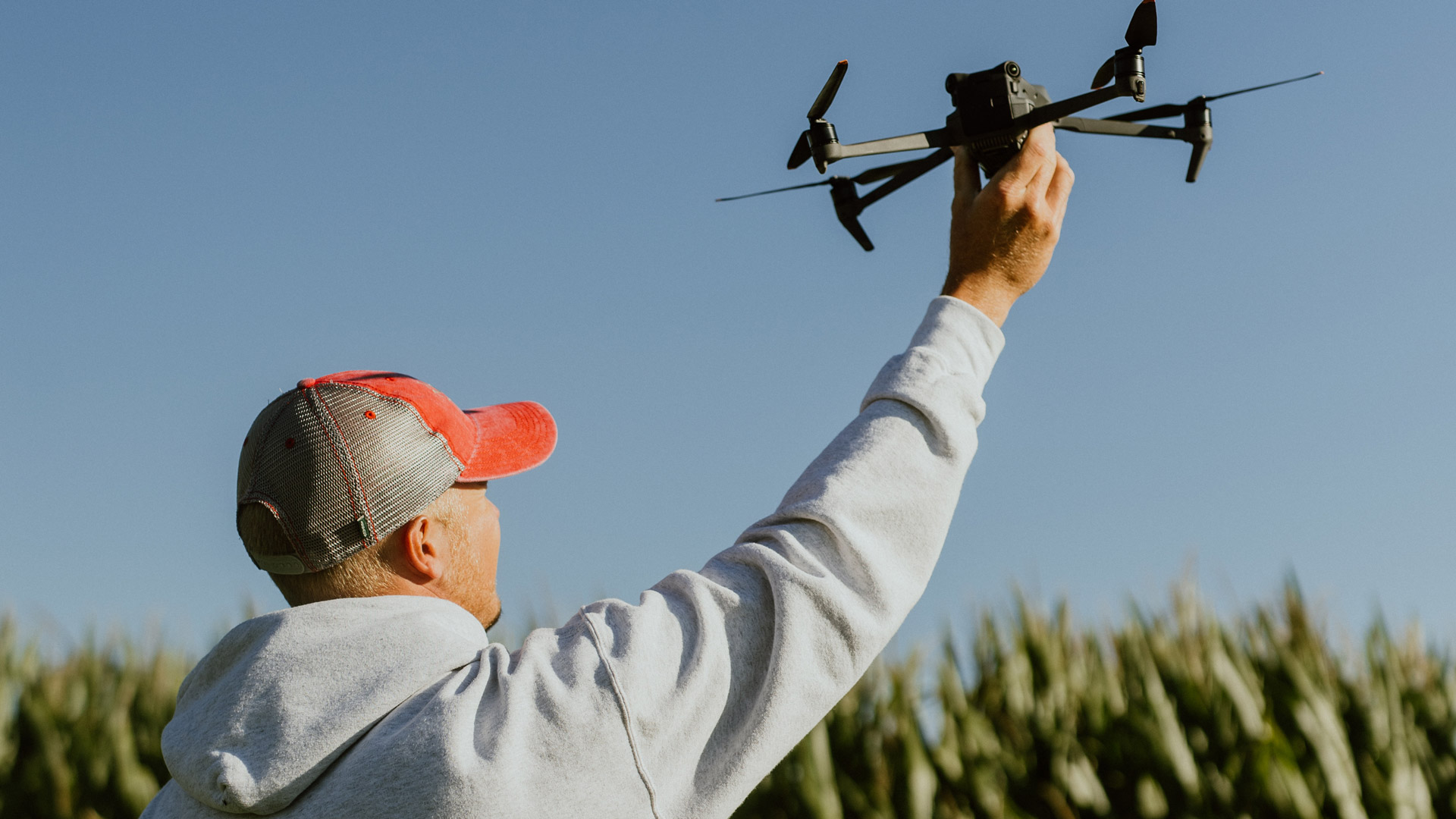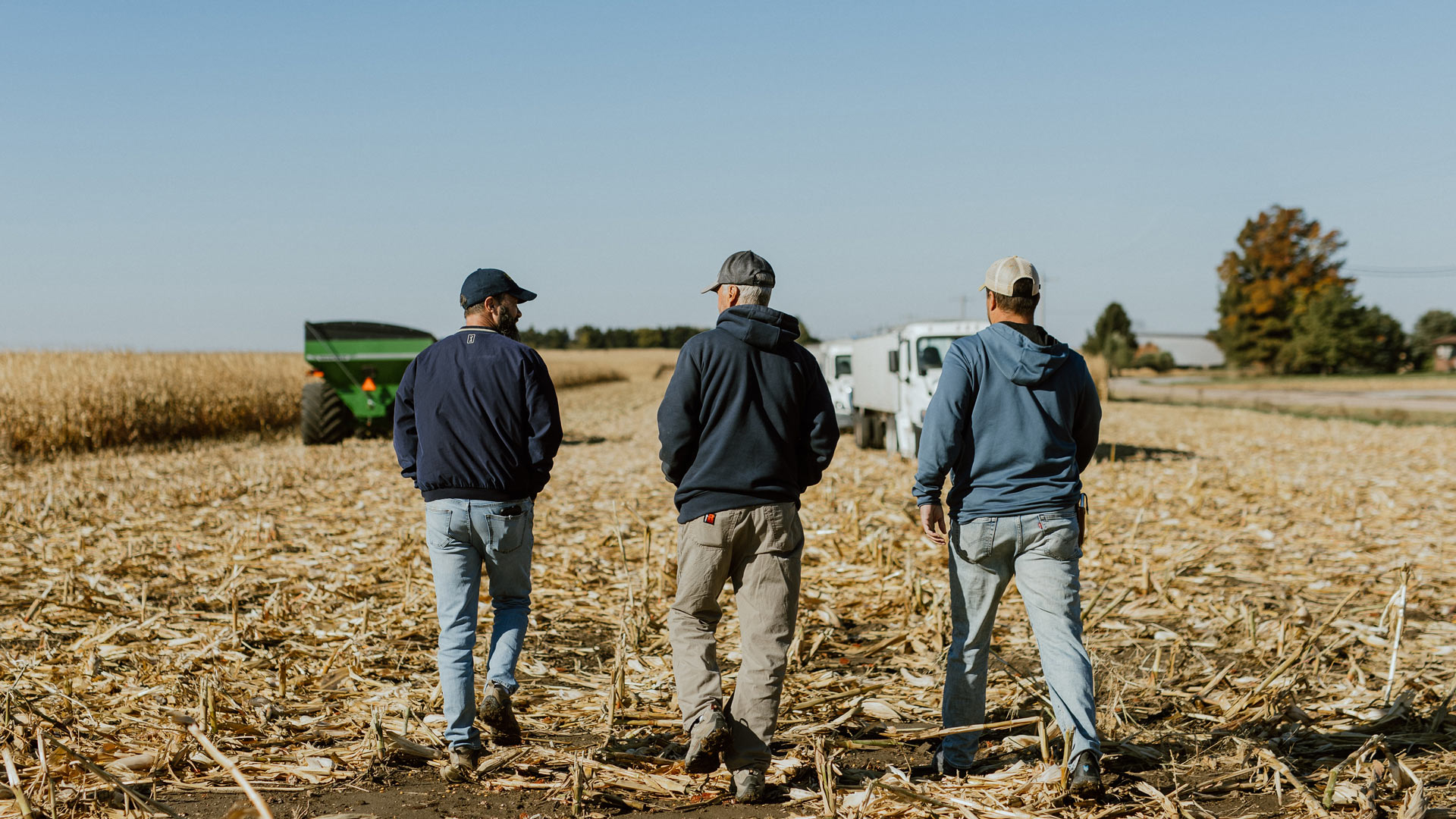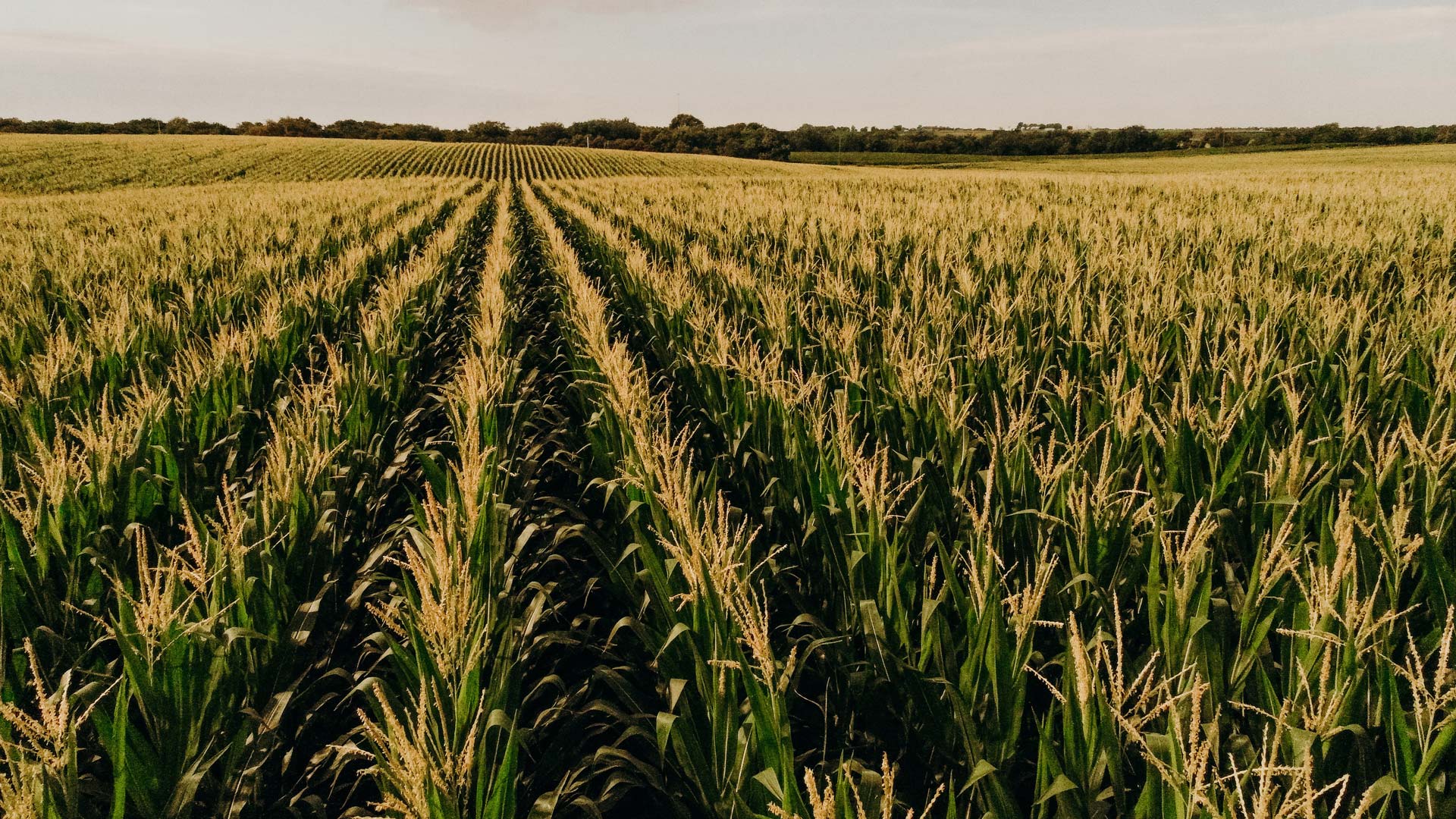Corn planting and harvesting are a hive of activity on a farm, but the work doesn’t stop once seeds are in the ground. In the months after planting, a corn farmer spends long hours nurturing their crops and protecting them from pests and disease. They keep careful watch through all the corn growth stages, evaluating the plants’ progress and nutritional needs.
Fourth-generation corn farmer Matt Sullivan of Shamrock Farms in Superior, Nebraska, keeps very busy during the growing season tending to the roughly 1,100 to 1,450 acres of corn he grows each year. He grows irrigated and dryland corn using the no-till method, in addition to soybeans on his farm near the Nebraska-Kansas border.
Corn farming requires constant vigilance and, if problems are spotted, a quick response to protect the crop until harvest.
“It’s not done until it’s in the bin or it’s delivered,” said Sullivan, who farms with his son, John, and father-in-law, Alfred Hanson. “It’s constant.”
Evaluating Early Growth with Stand Counts
The first thing Sullivan does after planting corn is to evaluate how many plants have emerged from the ground. He does this by taking a stand count, which is counting the number of corn plants growing in the fields. He then compares the count to the number he planted, evaluating whether there were any issues during planting or the earliest corn growth stages. He also searches the fields for signs of pests or sickness that need to be addressed.
“Is there any weed pressure? Is there any insect pressure,” he said. “There shouldn’t be at this stage in the game, but there could be.”
Enabling Corn Plants to Thrive by Removing Weeds
Weeds have a detrimental effect in farm fields, competing for moisture and nutrients needed by the growing corn plants. Usually, Sullivan applies herbicide shortly after planting and again before the corn grows tall enough to shade the ground. Once the field grows thick enough, its leaves block out light below; or canopies, the shade provided by the leaves, naturally helps reduce weed growth.
Ensuring Adequate Hydration with Corn Irrigation Systems
Sullivan farms in south central Nebraska, which is one of the state’s more arid regions, so he uses irrigation to water some of his fields. The main corn irrigation systems he uses are center pivot, which sprays water on the corn from an elevated pipe, and subsurface drip, which applies water under the ground. He monitors moisture sensors and rain gauges to determine when his irrigated corn needs water.
When the corn plants are still young, Sullivan keeps a particularly sharp eye out for leaks in the subsurface drip systems. Once the corn canopies and its leaves shade the ground, he’ll no longer be able to easily spot leaks on the ground.
Promoting Healthy Corn Growth by Providing Critical Nutrients
Corn plant care includes supplementing the crop with essential nutrients such as nitrogen, phosphorus, sulfur and potassium. Typically, Sullivan says his corn receives fertilizer at the V8 stage of growth, which is when the growing plants have formed eight leaves. Plants often receive additional nutrients just before pollination and when the corn kernels begin to fill with liquid.
In his irrigated fields, Sullivan uses irrigation water to deliver the nutrients to the corn. This allows him to be more exact, providing corn plants with the precise amount of fertilizer they need exactly when they need it.
Corn Field Surveillance: Spotting Any Potential Problems
As the corn plants continue to mature, Sullivan monitors the fields for signs of insect infestation, fungus or nutrient deficiencies. From spider mites to stink bugs and cutworms, a host of insects can eat their way through a corn plant. Fungus can cause plants to become sick, have poor yields or even rot.
To treat these infestations, Sullivan typically hires a pilot to conduct aerial spraying because the corn is too tall to apply the products using mechanical corn farming equipment pulled by a tractor. These small planes, commonly called crop dusters, apply the products while flying 7 to 12 feet above the top of the corn.
Getting the Corn Field to the Finish Line
Throughout the year, monitoring the crops is key to growing a healthy, profitable corn yield. Whether it’s bugs, fungus or lack of water, identifying issues and quickly fixing them helps the corn remain healthy until harvest — and keeps Sullivan busy in the process.
“You’re scouting fields constantly. You’re [checking] on irrigation You’re monitoring what you can do and how much water you have and how much water you can put on that’s going to be cost efficient for your yields,” he said. “[And,] the pest management is all season long, whether that’s weed or insects.”
It’s a lot of work, but it’s how Sullivan and other corn farmers set themselves up for a plentiful harvest!




